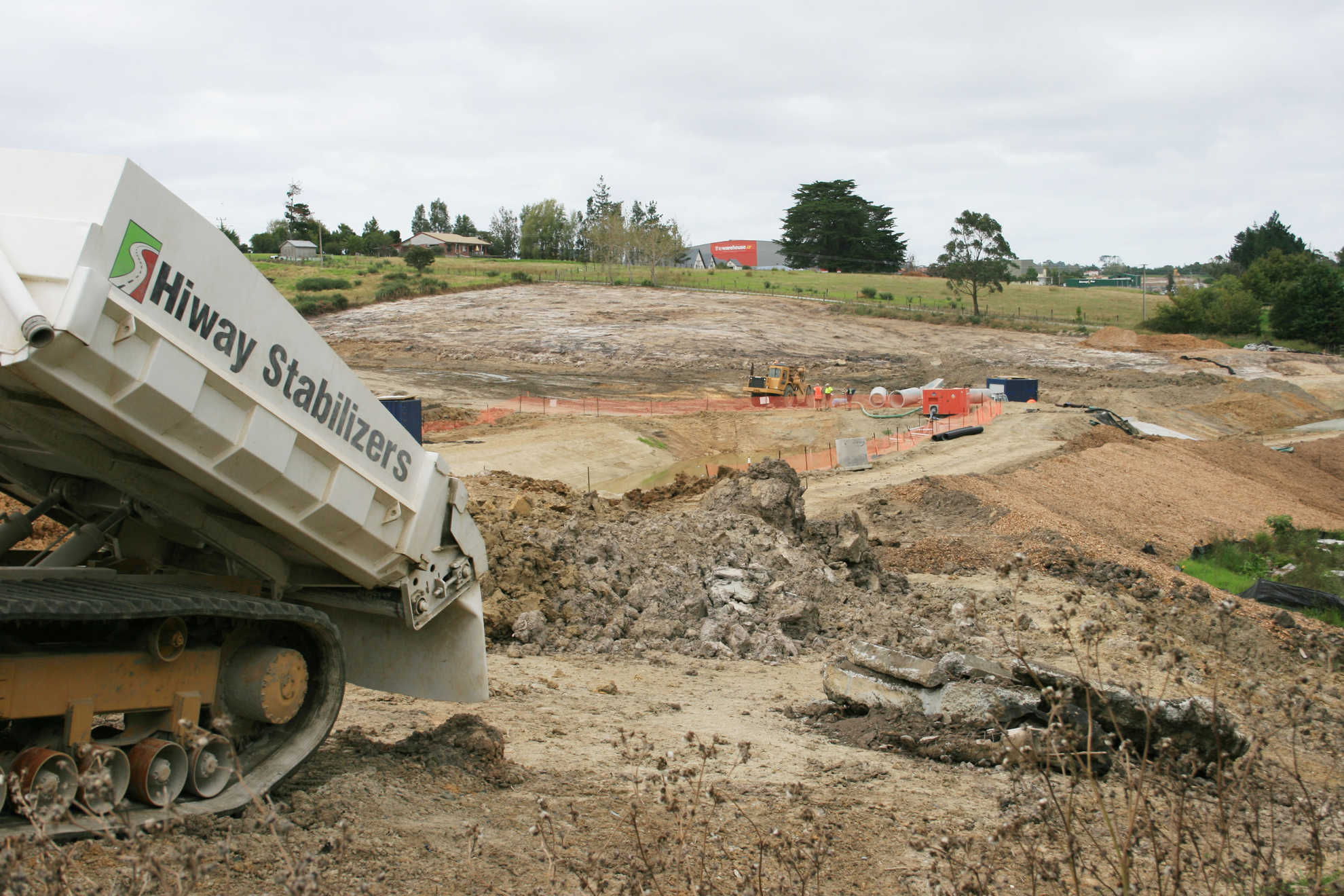Effects of subdivision
Subdivision is the process of dividing a parcel of land into one or more further parcels with separate certificates of title. Subdivision itself does not alter the land use but it is generally undertaken to facilitate a new land use (e.g. enabling the construction of residential dwellings in a previously rural area). It is important that the effects of the likely land use change are addressed at the time of subdivision, rather than through later consenting processes. The effects of subdivision will vary depending on the nature of the receiving environment and the nature of the proposed subdivision. Potential adverse effects include those identified in the following table.

Effect Detail Landform Earthworks associated with the construction of building platforms, the provision of infrastructure including roads, loss of productive soils, and loss of natural landscape character. Biodiversity Vegetation clearance and associated effects on fauna. Water quality Vegetation clearance, release of silt and contaminant loadings, stormwater run-off, on-site effluent treatment and disposal systems. Infrastructure Increased demand on stormwater, sewerage, roading, energy, and water supply. Hazards The creation of additional allotments within an area susceptible to natural hazards. Public access Reduced public access to reserves, the coastal marine area, lakes, and rivers. Cultural and heritage sites Earthworks or development associated with subdivision has the potential to modify or damage historic, archaeological or cultural sites or landscapes. New boundaries The height of buildings in relation to boundaries, vehicular access, parking spaces, the provision of public and private infrastructures and the physical changes associated with increased density. Social and economic The use of land for different purposes can cause increased demand for infrastructure, community facilities, public and private transport, and a change in amenity values or social coherence. Restrictions on future land use Consent notices, covenants and encumberances on the new allotments (often intended to mitigate adverse environmental effects flowing from subdivision) may dictate the type or nature of any future development. Land use expectations Subdivision creates an expectation that subsequent occupation and development will be permitted. Reverse sensitivity For example, the establishment of residential settlements sensitive to certain rural activities (such as dust and noise) within an area previously entirely rural.
Last updated at 8:40AM on February 25, 2015